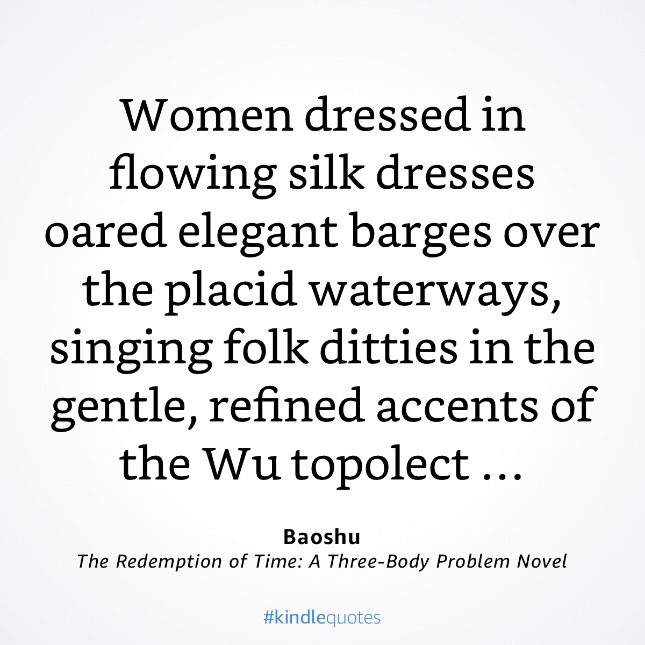There has long been a suspicion that the first Chinese translator of Lady Chatterley's Lover (1928/1932), Ráo Shùyī 饒述一, about whom next to nothing is known, was actually the scholar and theoretician of aesthetics, Zhū Guāngqián 朱光潛 (1897-1986).
To give a little bit of background about the nature of the two translations of the novel, here is the abstract of a recent scholarly article comparing them:
This article discusses how sex-related content is rendered in two Chinese translations of D. H. Lawrence's Lady Chatterley's Lover: Rao Shuyi (1936) and Zhao Susu (2004). It is found that Rao's translation features explicitness, flexibility and Europeanization, while Zhao's translation features conservativeness and domestication. And the observed features in the two translations regarding sex-related content are explained from perspectives of social and historical background, translation purpose and intended readership, and patronage. Index Terms–Lady Chatterley's Lover, translation, sexuality
Zhu, Kun. "The Translation of Sex-related Content in Lady Chatterley's Lover in China." Theory and Practice in Language Studies, vol. 10, no. 8, Aug. 2020, pp. 933+. Gale Literature Resource Center.
Read the rest of this entry »


